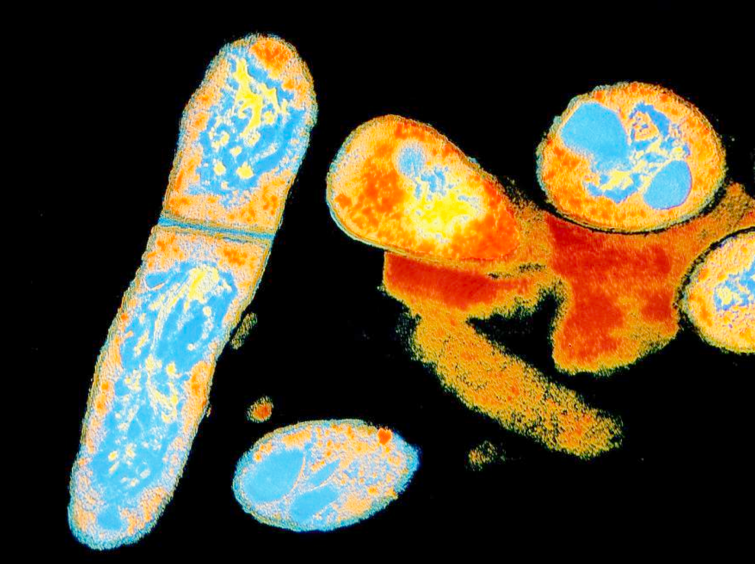
 News
News
Piecing together past epidemics by studying the human genome
Tuberculosis is one of the most deadly infectious diseases in the world, and it is the most deadly disease in Europe's history. It is generally caused by the Mycobacterium tuberculosis bacterium. Scientists have studied the impact of tuberculosis outbreaks on the human genome over the past 10,000 years.
Our genome is partly shaped by natural selection. Genes that increase our chances of survival become proportionally more widespread in the population, and those that are harmful for our health gradually decrease and sometimes even disappear altogether. Population genetics is the study of genetic diversity and its evolution in a given population. "In this case, we used population genetics to piece together the history of an epidemic," explains Lluis Quintana-Murci, Head of the Human Evolutionary Genetics Unit at the Institut Pasteur.